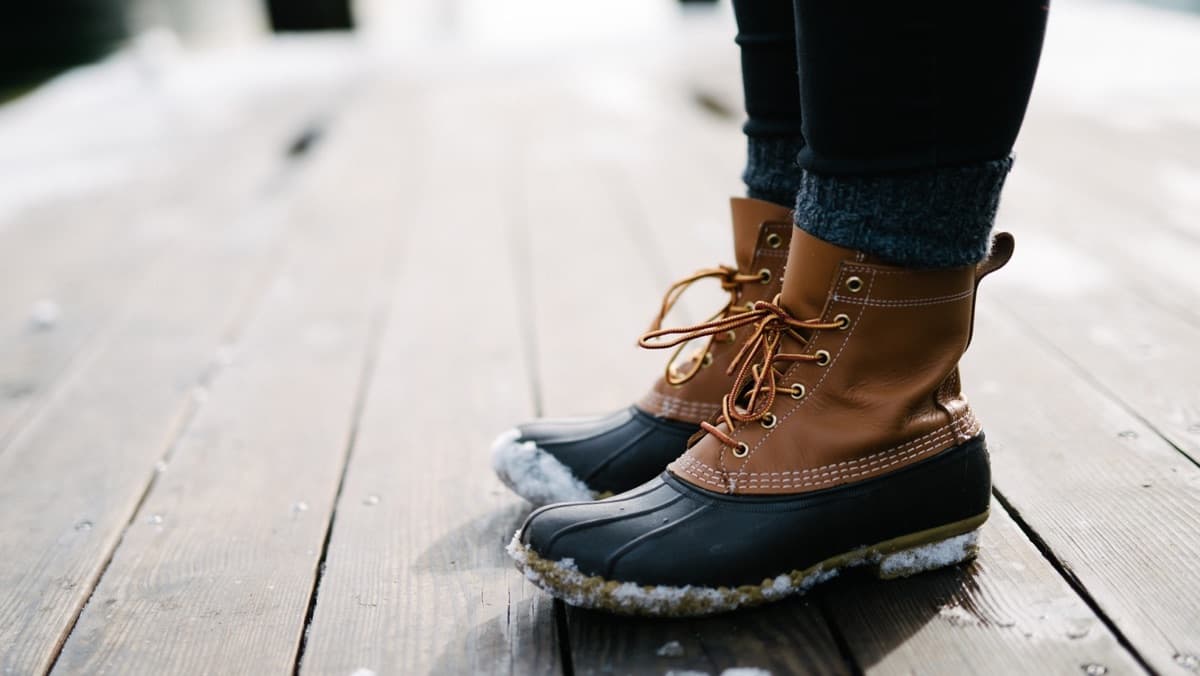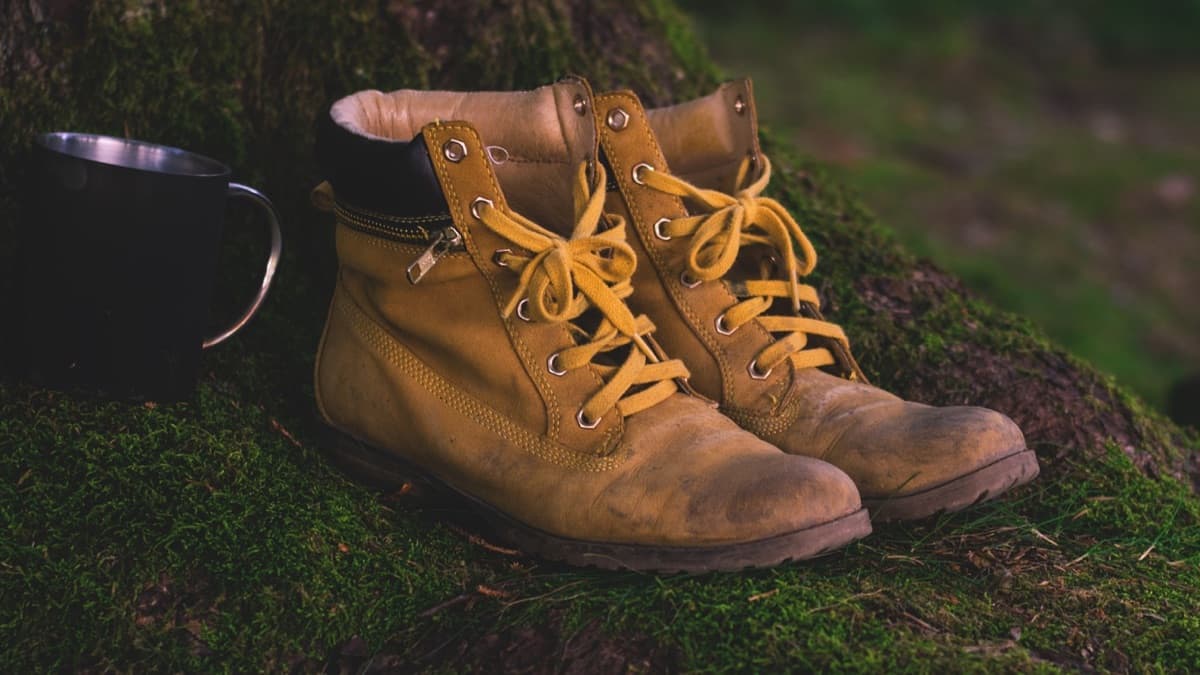How to Choose the Best Snow Boots for Women – A Buying Guide for Winter ‘2025
A sturdy and style-forward pair of winter boots can help make the winter season seem less harsh and gentler – in other words, much better! Whether you have to trudge through many feet of powder-fresh snow every day on your way to work or spend hours outside in the cold hiking or on the farm – or whether you spend precious little time outside in cold temperatures, we’re here to help you choose the perfect snow boot that fits your needs best.
In this buying guide, we discuss the merits and demerits of the various types of snow boots and winter boots we’ve listed above in terms of four major metrics – Tall vs. Short Boots; Style vs. Substance; Performance and Construction; and lastly, Comfort. Through the brief discussions in each of these sections, we hope to be able to arm you with sufficient knowledge to be able to make an informed and empowered decision when it comes to your next purchase of winter boots.
Snow Boots and Pacs – Types of Women’s Winter Boots
In one sense, all winter boots essentially serve the same purpose – to keep your feet as dry and warm as possible under mild to extreme cold weather conditions. Some winter boots do this job really well, like the options you’ll find on this list, while many mediocre options will let you down by failing to keep icy water out – so pretty soon you’ll be squishing around with frozen feet.
In this sense, all winter boots are essentially the same, in fact, traditionally the term “snow boot” is often used to talk about all kinds of winter boots. However, to aid you in navigating the wide multitude of brands and options available out there, we’ve sorted the eight winter boots in our list into two distinct categories – Snow boots and Pacs. Both differ somewhat in design and construction, but both are built to serve the same basic function.
What are Snow Boots? How are Pac Boots different?
A snow boot is what most people think of when they think of winter boots, unless, of course, they’re interested in more purpose specific technical boots such as hiking boots. Snow boots usually feature a water-resistant upper (in synthetic or natural materials or textiles) and some kind of thin water-proofing rubber outsole that is designed to keep the boot light-weight while offering a decent amount of traction or grip.
Snow boots are ideally used for light activity for short periods of time in cold weather conditions – like running errands around town or going out for a walk- and maybe a bit of puddle jumping. What they don’t offer is absolute protection from the worst of cold conditions over a long period of time – say, a multi-day hike. For that level of protection from the elements, you should take a look at winter boots that are sometimes called Pac Boots, or Pacs.
Pac boots offer an upgrade from many of the smaller traditional snow boots and feature a thicker rubber shell and an upper typically constructed of either a waterproof or water-resistant textile. They therefore provide a better level of water and weather resistance. If performance and weather protection is more important to you, you may want to lean towards the more Pac-style boots on this list.
Since the Pacs we’ve featured on this list are relatively-light weight, easy to put on and kick off – and versatile, we’ve included some of them on our list. For those looking for even more technical winter boots, you’d need to check out Womens Hiking Boots, which offer superior fit than Pacs but aren’t featured on the present list.
Tall vs. Short Boots
The principle (and obvious) benefit of taller boots is they offer greater protection from rain and snow. Moreover, they’re warmer too –offering heat retention upto the calves – and in a couple of choices on our list – upto the knee. On the other hand, tall boots have the disadvantage of being more difficult to take on and off, and don’t offer the best mobility. Check out options like the Ariat Women’s Berwick GTX Insulated Country Boot or The North Face Women’s Nuptse Purna.
If you live in a region with milder cold weather with only gets a few inches of snow at a time, short boots will more than suffice, especially if you look at the high-ankle option on our list – the Kamik Women’s Momentum Snow Boot. Short boots are the easiest to slip on and off, and often are just a bit more fashionable than taller boots – though that’s really a question of taste.
One disadvantage of short boots can be the fit – they don’t always fit as well as adjustable calf-hugging tall boots with lace-ups. Women often find that buying a half size up, or down, can solve some of the fit issues with short snow boots with sizes that run true.
Remember that a perfect fit isn’t always the best in such cases – a little gap or room inside the shoe can let you wear thicker, cozier socks if you so please – or otherwise trap a pocket of air which can help capture and retain body heat.
Style vs. Substance
Our choice of footwear plays a huge role in determining the effectiveness of our overall look. So the aesthetic and appearance of our winter shoes is not an insignificant thing – but is it the only thing?
The debate about style vs. substance, form vs. function or even fashion vs. performance is not a new one, and not one which is unique to the domain of winter boots. As with every other fashion choice you make, you ought to first consider the conditions under which you plan to use your new snow boots.
If you live in an extremely cold and snowy area, it may be better to choose a tall, burly boot like the Sorel Cate the Great or the Ariat Women’s Berwick GTX Insulated Country Boot, both of which feature super warm insulation. Another option we’ve featured of this design is the very popular Polar Products Womens Lace Up.
If you live in milder weather, on the other hand, you could choose to sacrifice some warmth for greater style, and go for options such as a Classic Ugg, Sorel Women’s 1964 Premium Wedge Boots, or a pair of Columbia Women’s Ice Maiden II Snow Boots.
At the end of the day, of course, style is immensely personal and subjective. And, when it comes to snow boots, you can be certain that style and performance aren’t a compromise or an either-or – all the options we’ve listed here offer a great balance and mix of the two, so go ahead and pick the ones that most appeals to you.
The weather-beating performance of a snow boot is strongly related to the quality of its construction. How warm a boot is depends upon the nature and extent of the insulation used, the material, thickness and quality of the outsole, and the design of the footbed.
Factors like the height of the boot, often called the ‘shaft height’ and the quality of the seal at the top of the shaft (whether there’s a faux-fur lining) also contribute to keeping your toes warm. Some snow boots also benefit from having the entirety of the inner boot lined with faux-fur, while other boots may only feature fur lining at the top of the boot.
Construction also determines the water resistance of the snow boot. The choice of material for the outsole construction influences the water resistance – materials like suede need to be periodically treated with a waterproof treatment, whereas rubber soles remain water resistant without the need for repair or treatment.
Moreover, faux fur (or natural) cuffs at the mouth of the shaft contribute significantly to overall water resistance, keeping rain and melting snow from seeping into the boot.
Comfort
A final consideration when it comes to picking your ideal pair of snow boots is probably right there at the top of the priority list of most casual buyers – sheer lush cozy comfort. And why not? Winter is probably the best time to pamper your feet – wearing a nice warm pair of snow boots when it’s freezing out is like hanging out with your feet ensconced in your favorite electric blanket – like a huge warm hug for your feet all the time!
All the snow boots featured on this list offer some of the best comfort balanced with weather protection. Winter boots that are super cozy usually have plush inner linings that make your feet feel extra cuddled and comfortable, like many of the models on our list.
The quality and fit of the footbed also makes a big difference to the comfort of the snow boot. As we mentioned earlier, some boots benefit from having a slightly larger footbed – since a little extra room inside the boot can help the boot get warmer faster. A roomier footbed also helps keep your warmer feet more limber and flexible – also aiding in better mobility for everyday use. Just don’t go overboard so that you’re slipping and sliding inside your boot!

 Hayden Saunders
Hayden Saunders








![Best Running Jackets 2025 [Men and Women]- Reviews and Comparisons](https://img.project-fit.co.uk/projectfit/running-jackets.jpg)

